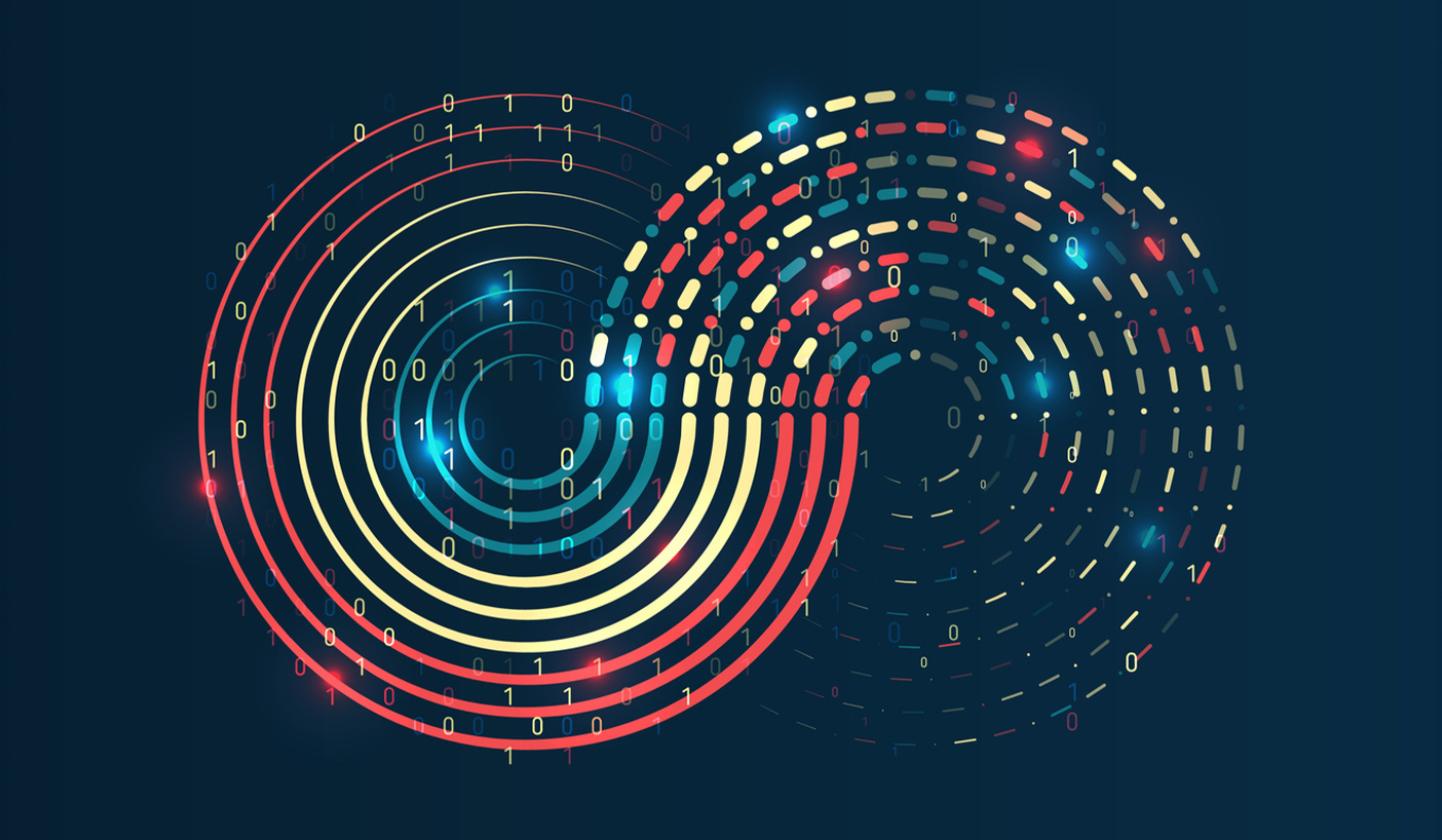Basecamp’s Push Against Notification Overload

When Basecamp pushed back on chat chaos, it wasn’t a quirk. It was a call for calmer work.
They named the problem: being “always on,” too many rooms, and keeping up with every ping. In their guide on group chat problems, they showed how tools that promised connection delivered distraction.
The problem isn’t communication. It’s the overflow.
Most chat tools optimize for speed and volume, not clarity. Slack. Teams. Discord. Great for quick talk. Terrible at memory. Messages vanish. Decisions get buried. Insights become disposable.
Basecamp offers asynchronous calm. Fewer pings. Clearer threads. A steady team rhythm.
But there’s still a gap. Even with better boundaries, where does the important content go?
Enter Content Collection: beyond the ping
Content Collection picks up where Basecamp leaves off. It doesn’t just mute noise. It turns noise into usable insight.
Imagine your best ideas from chats, email, links, and voice notes not getting buried. The system remembers and surfaces context when you need it.
- Not another channel — a curator.
- Not another inbox — a second brain.
- Not more talk — more clarity from talk.
Where Basecamp says “stop bugging me,” Content Collection says “help me find it fast.”
A shared philosophy: calm over chaos
- Human-first, not algorithm-first.
- Context over chronology.
- Clarity over complexity.
Basecamp proved you can reject overload and still ship. Content Collection extends that vision. It captures the good stuff before it disappears, without forcing people to change how they share.
For founders, ops, and creative teams
If you juggle ops in your head, wrangle scattered notes, or repeat answers, this matters. Content Collection is your follow-through. It helps you remember what matters from the flood. It builds a calm, collective brain that scales with your team.
| Feature | Basecamp | Content Collection |
|---|---|---|
| Primary Purpose | Reduce constant notifications, encourage asynchronous calm, and set healthier communication rhythms. | Gather, curate, and organize human-centric, unstructured content into usable, searchable knowledge. |
| Scope | Focuses on conversations and workflow pace within teams. | Focuses on capturing insights across chats, emails, and links for long-term reuse. |
| Nature of Data | Threads, messages, and tasks. | Meeting notes, quotes, screenshots, customer feedback, project documents. |
| Output | Calmer team rhythm, fewer distractions, clearer communication. | Organized knowledge bases, reusable answers, creative inspiration, documented decisions. |
| Typical Users | Teams overwhelmed by Slack/Teams noise, looking for more focus. | Founders, Ops leads, project managers, creatives, enablement teams. |
| Focus | Turn down the noise. | Turn noise into insight that can be reused and scaled. |